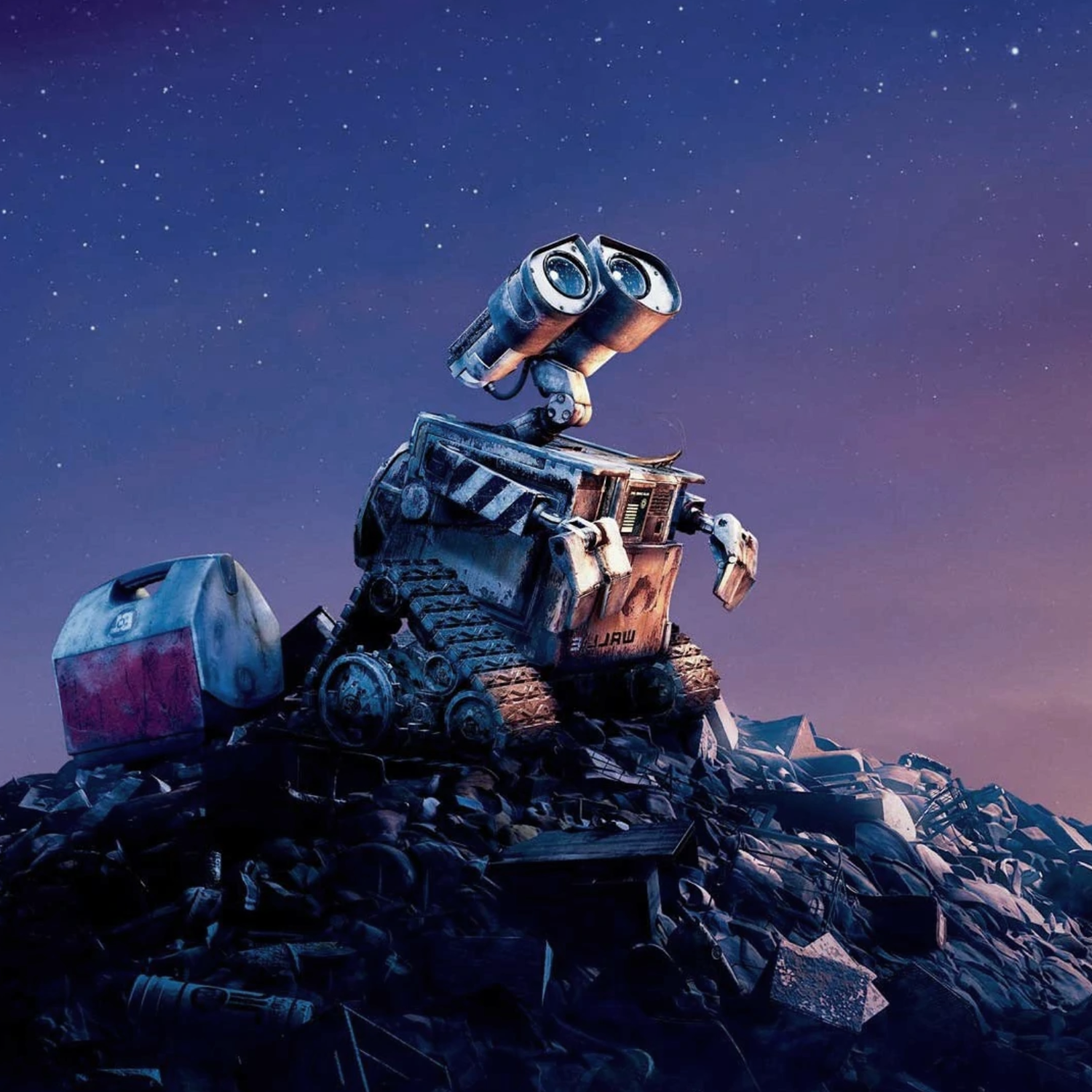
Wall-E syndrome
Wall-E, the example not to follow
This week, we are talking about Wall-E, a small robot slashing waste, whose mission is to clean up the Earth while humans are gone. You’ve certainly seen a pretty childish fable, we’ve seen an example of what absolutely shouldn’t be done. You’re told…

Cleanup mission
We at The Searial Cleaners were brought up on pop culture, including Pixar’s hugely successful animated film WALL-E, released in 2008 – something that won’t exactly come as a surprise.
After all, of course we weren’t going to miss a film about a robot waste collector!
The main job of this cute little robot and his colleagues is to collect the waste produced by humanity and to compact it – a bit like a car crusher, where your old vehicle ends up looking like a Rubik’s cube (but without the colors).
Nothing wrong with that, I hear you say as you read that quick summary. After all, WALL-E’s a lovable character doing good deeds, and what’s more, it’s a great lesson to our children on why we should pick up our trash.
Yes, but then what? What happens to those cubes?
Well, WALL-E piles them up. All he does is move the problem elsewhere. “Organizes” it.
WALL-E’s highly cynical approach is the polar opposite of efforts to combat pollution in all its forms.
Let’s get a bit more context:
In the 22nd century, Buy-N-Large (BnL), a megacorporation turned global government, dominates the world economy with the slogan: “I consume, therefore I am.” This unbridled overconsumption transforms Earth into a giant landfill.
With the world overflowing with billions of tons of product waste, the company orders a mass exodus on board space cruise ships in an attempt to save humanity (not the planet, you’ll notice).
Thousands of robots designated WALL-E (Waste Allocation Load Lifter: Earth-Class) were produced with the sole task of “cleaning up” the planet by compacting the unimaginable volumes of waste strewn across the face of the Earth within the five years the cruise was supposed to last.
Seven hundred years later, there is just one WALL-E still operating and still focused on the thankless daily task of collecting, compacting and stacking.
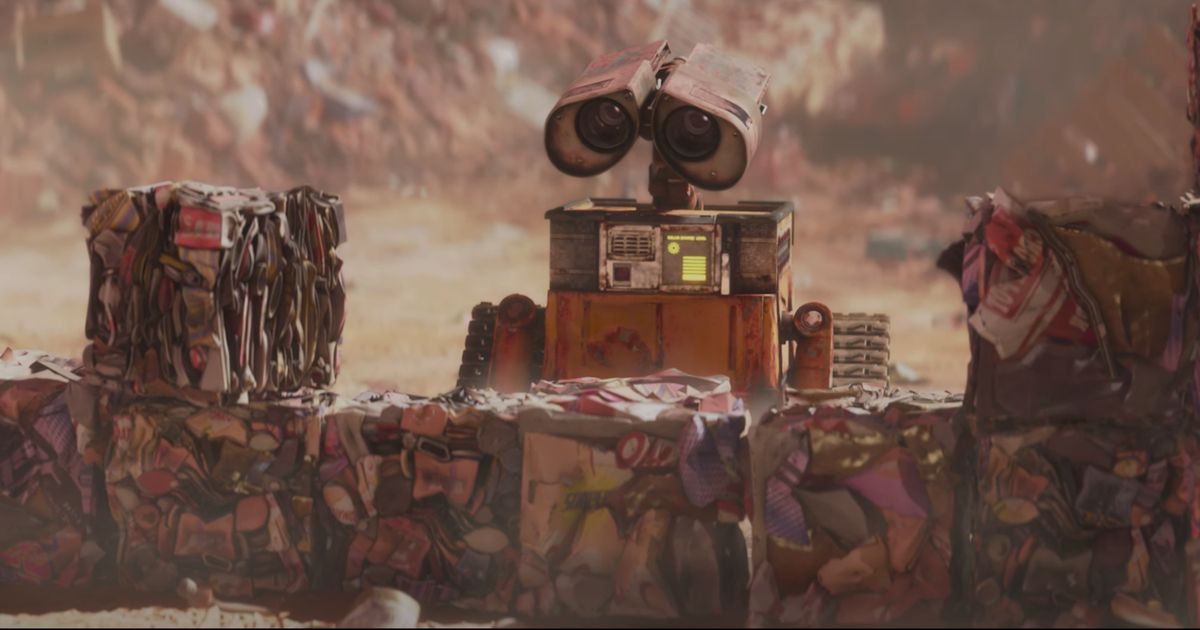
In the film, the height of our consumer society is illustrated by a private company that uses robots to clean up what it produces: not to recycle waste, but to crush, reshape and stack it!
WALL-E is the symbol of this illogical approach: despite being overwhelmed by the amount of waste, he persists in continuing with his task: compacting and stacking waste until it towers into the sky.
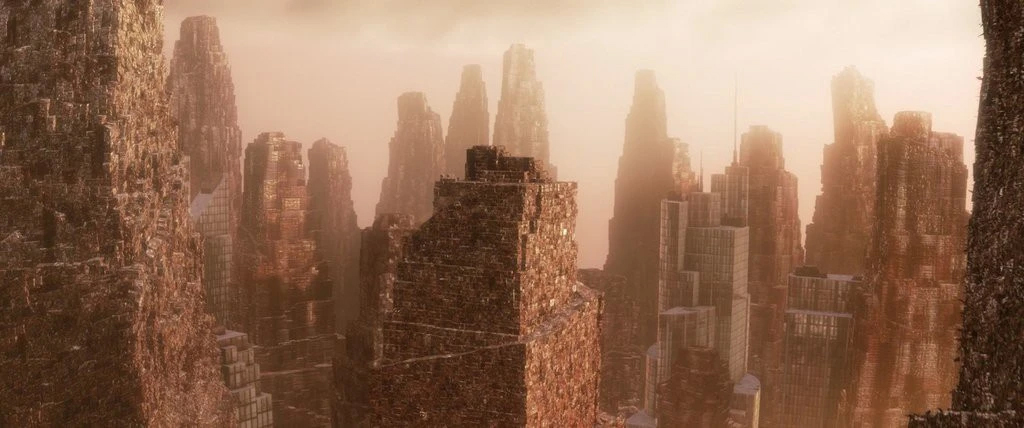
He himself and his fellow robots become waste too, making WALL-E a striking allegory that illustrates the fact that simply tackling the consequences is not THE solution.
The Earth shown in the film is devoid of all life, its resources are exhausted, and its water has dried up.
And this raises the question of our lifestyle – one based on unfettered consumption, production and manufacturing designed to spark a false sense of need in people at the expense of the rest of the planet.
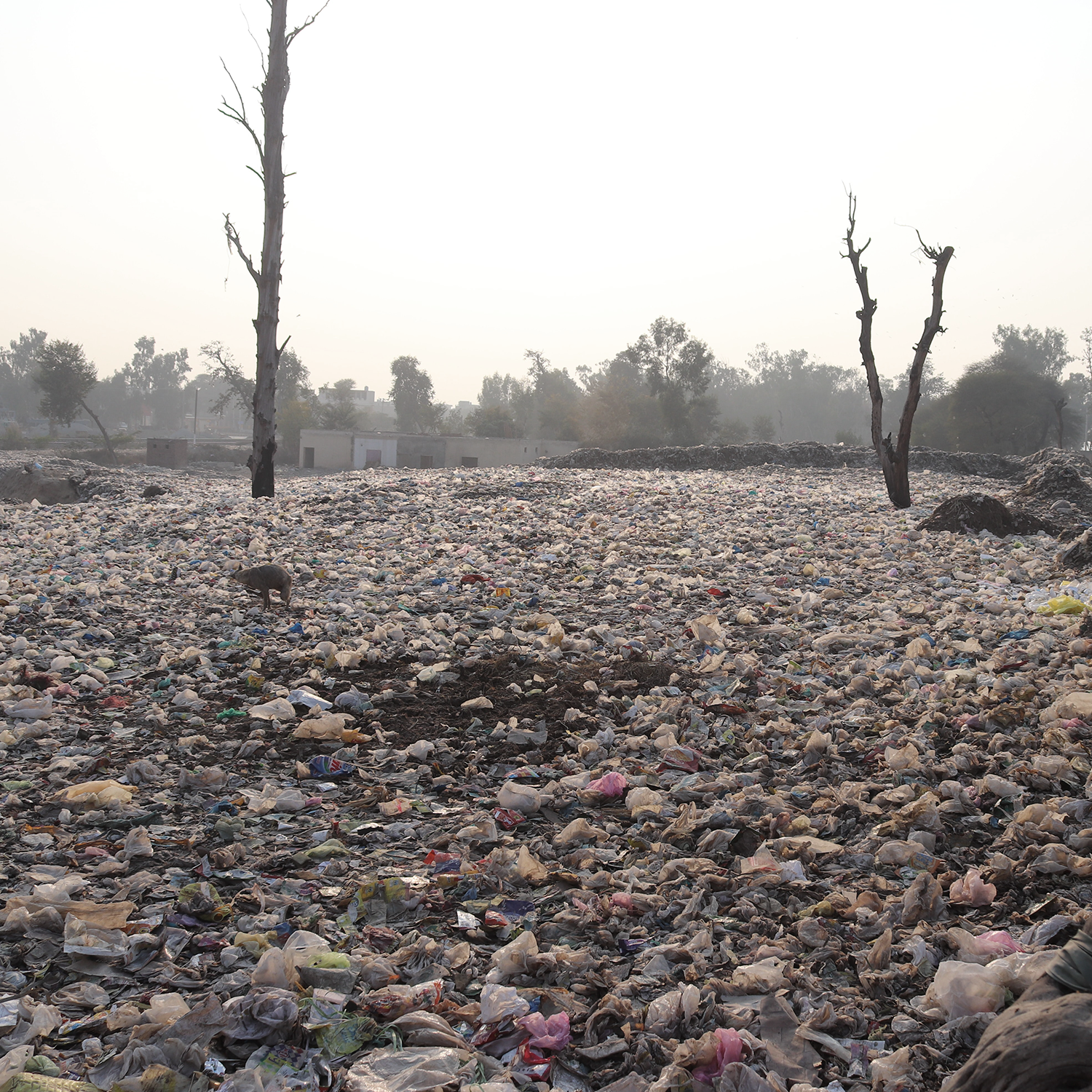
At The Searial Cleaners, we want to take inspiration from the excesses shown in WALL-E to demonstrate that it’s crucial to have a holistic approach to the issue of the waste that humanity creates.
Collecting waste is a solution, but it’s not THE solution. We have to goals :
- Making as many people as possible aware of the need to rethink how we live, how we consume, how we throw things away, how we recycle.
- Making people aware that the environment we live in is a key part of us.
Through our waste collection efforts, we want to raise people’s awareness of everyday habits that are destroying our ecosystems and more generally our planet.
''Collecting isn't the end, it's the beginning of the journey''
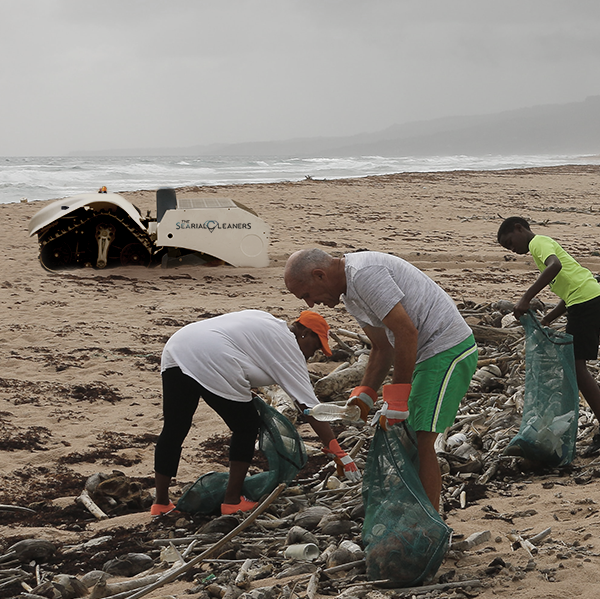
Collecting waste is not an option to simply consider, and nor is it a task purely for robot collectors – it’s a civic act that serves as the foundation of new practices in a world in which looking after the environment has to be everybody’s business.
Technology, like that used in WALL-E, must contribute to ecological transition. With technology, we want to normalize waste collection and change mindsets.
We want to shape a world where cleaning up is an automatic reflex, where pollution shocks people and drives them to take action.
Ultimately, collecting waste isn’t a hopeless struggle – in fact, it’s the starting point for a transformation. And WALL-E would agree.

